Introduction
In the world of skincare, social media influencers often package complex routines into 30-second videos and catchy taglines. But what most users don’t see is the risk of following advice without context, especially when it comes to potent actives (retinoids, acids, brightening agents) and layered routines. At Therefore I’m, our philosophy is to simplify, not sensationalize: Habit, Prevention, Correction; based on dermatology, not trends.
In this post, we’ll unpack the dangers behind blindly following influencer skincare advice, the risks of overusing actives, and how to develop a safe, effective routine built on science, not hype.
The Allure & the Trap of Influencer Skincare
Misinformation Spreads Easily
Influencers have massive reach, but they’re rarely medically qualified. A 2023 study in PMC examined “skinfluencers” on TikTok and found that many lacked scientific credentials, and their content often prioritized trends or product marketing over evidence-based advice.
In one illustrative example, the Skin Cancer Foundation warns that false claims about sunscreen being harmful have gone viral, causing people to skip SPF altogether. “This misinformation is dangerous, especially when repeated widely online,” they wrote.
The “Glow Trap”: Influencer Inflammation
In recent dermatology news, experts have coined the term “influencer inflammation”, where users present with red, irritated, damaged skin after attempting ambitious routines seen on TikTok or Instagram. One dermatologist told New York Post:
“We are seeing patients come in convinced they have ‘sensitive skin’ when really, they have irritant dermatitis from overdoing actives they saw online.”
— Dr. Sandy Skotnicki
Mixing strong ingredients, stacking multiple actives in one night, or skipping patch tests is all too common and damaging.
Why More Isn’t Always Better; The Dangers of Overusing Actives
Barrier Disruption & Sensitization
Your skin barrier is its frontline defense. Overusing ingredients like AHAs, BHAs, retinoids, or strong acids can erode lipids, increase transepidermal water loss, and make skin more reactive. A study cited in MedReport noted that frequent use of potent actives may compromise barrier integrity, causing chronic sensitivity.
Similarly, overuse can sensitize skin, making it vulnerable to allergens; turning previously safe products into sources of irritation. GFACEMD warns that “excessive dosages can increase the likelihood of allergic reactions” including swelling or hives.
Irritation, Redness & Chronic Inflammation
Overapplication of actives often leads to dryness, flaking, stinging, and redness. According to Curology, signs that you've crossed the line include:
-
Persistent itchiness or burning
-
Peeling beyond the expected
-
Tightness even after moisturizing
-
Flare-ups that don’t calm down quickly
They caution: “Overusing products or ingredients that are too harsh can negatively affect your skin.”
Mixing Actives Gone Wrong
Many influencer-driven routines promote “acid cocktails”; layering multiple exfoliants, acids, retinoids in one night. Dermatologists warn this is dangerous. In India, a trending TikTok “DIY acid cocktail” led several users to chemical burns and post-inflammatory hyperpigmentation. As one dermatologist said:
“A chemical peel in a clinic is not just about applying an acid. It’s about choosing the right concentration, prepping the skin, and aftercare; none of which is possible at home.”
— Dr. Rashmi Sharma
What Experts & Studies Show
| Statistic / Finding | Source / Expert | Implication |
|---|---|---|
| 59% of Gen Z believe myths like “tanning is healthy” propagated by influencers | Skin Cancer Foundation survey | Misinformation influences behavior deeply |
| Many influencers lack scientific credentials | Study in PMC | Popularity ≠ Expertise |
| “Product overload” leads to irritation, acne flares | Dermatologist Dr. Anna Chacon | More doesn’t equal better |
| Overuse of AHAs/BHAs/retinoids → dryness, stinging, barrier damage |
Curology GFACEMD |
Common actives carry risk when misused |
| DIY “acid cocktails” causing burns & skin injury | Indian dermatology reports | Trend-driven risks can have real consequences |
These numbers and clinical observations underscore a central truth: skincare must be cautious, evidence-led, and tailored — not dictated by trends.
How to Avoid the Pitfalls; Dermatologist-Backed Safeguards
Prioritize a Minimal Framework
Instead of chasing every trending product, stick to a foundation: cleanser, moisturizer, sunscreen, then add one active at a time. Dermatologists discourage overflowing routines: “Simpler routines often yield better results than 12-step regimens,” according to Business Insider.
Introduce Actives Gradually
When incorporating a new active (e.g. retinoid, acid, brightener), follow these steps:
-
Patch test behind the ear or jawline for 48 hours
-
Start low frequency (2–3x weekly)
-
Monitor skin response (redness, stinging)
-
Increase only if tolerance is confirmed
Never overload multiple strong ingredients in one session.
Use “Skin Cycling” Approach
Some dermatologists recommend alternating actives on different nights to reduce cumulative irritation. This allows the skin to “rest” and repair rather than endure continual assault.
Seek Evidence-Based Formulations
Look for formulations developed by dermatologists, backed by clinical testing, with clear ingredient transparency. Avoid brands promoting vague “miracle combos” or conflicting actives without scientific justification.
Respect Skin Individuality
What works for one person might damage another. Skin sensitivity, climate, underlying conditions and previous treatments all influence how skin reacts. A “trend” might look flawless on someone else — but wreck your barrier.
How Therefore I’m Does It Different; Why We Choose Simplicity + Science
-
Philosophy-led, not hype-driven: Our three-tier system; Habit (Blue), Prevention (Purple), Correction (Red) aligns actives with skin need and timing.
-
Minimal, stable formulas: Each product is stripped of non-essential ingredients, fragrance, or conflicting actives.
-
Dermatologist-designed & tested: These products stem from our clinic practice, developed to be safe yet effective across all skin types and climates.
-
Transparent and educational: We provide clear ingredient explanations and usage protocols so you know exactly what you're applying and why.
We don’t follow influencer trends, we follow science.
Conclusion
In a social-media-saturated world, it’s all too easy to let influencers dictate your skincare ; but your skin is not a one-size-fits-all experiment. From barrier damage to inflammation, the risks of blindly copying routines or overusing actives are real and well-documented.
Choose brands that prioritize evidence, clarity, and purpose. Build routines, not hype cycles. Your skin will thank you for it.

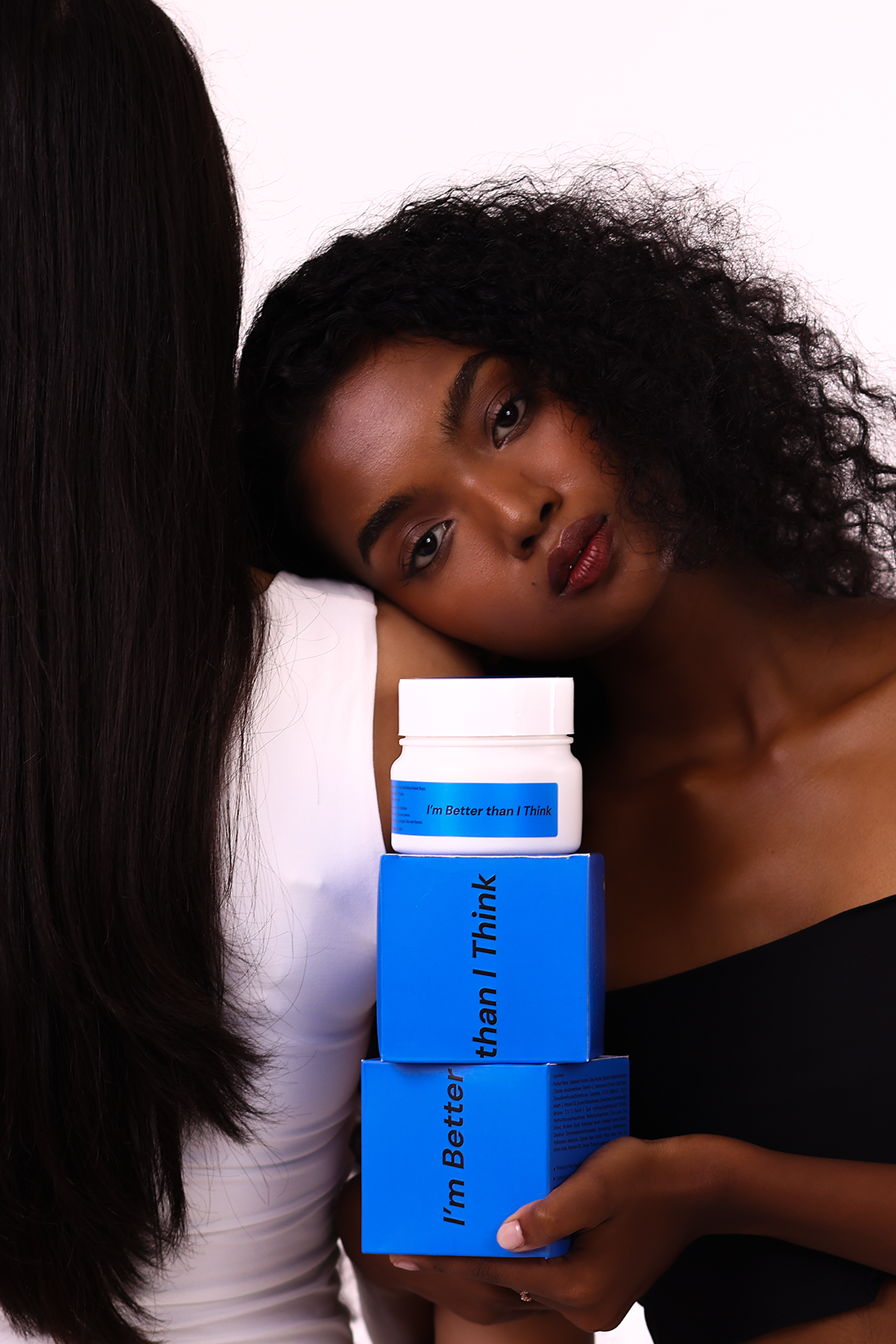
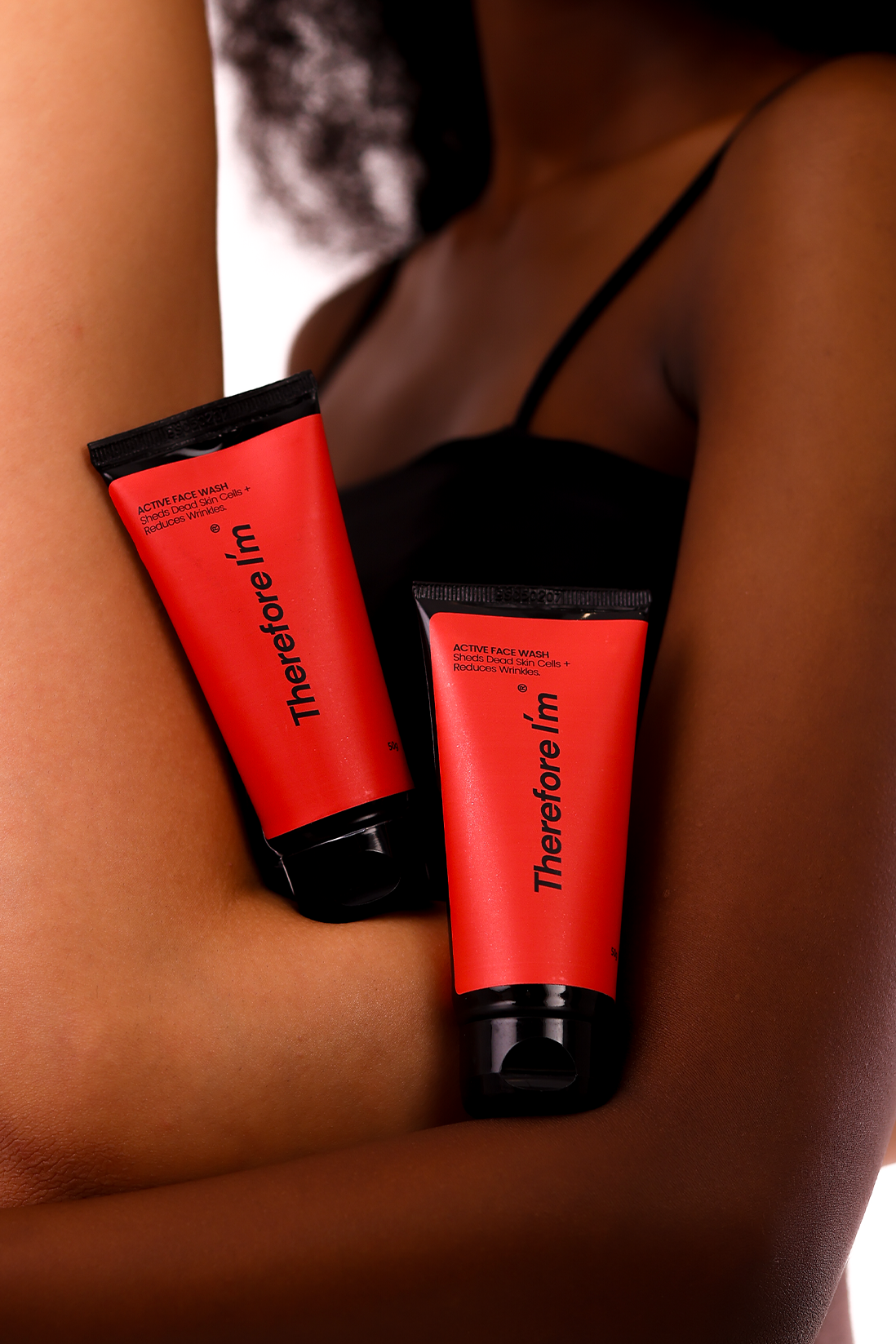
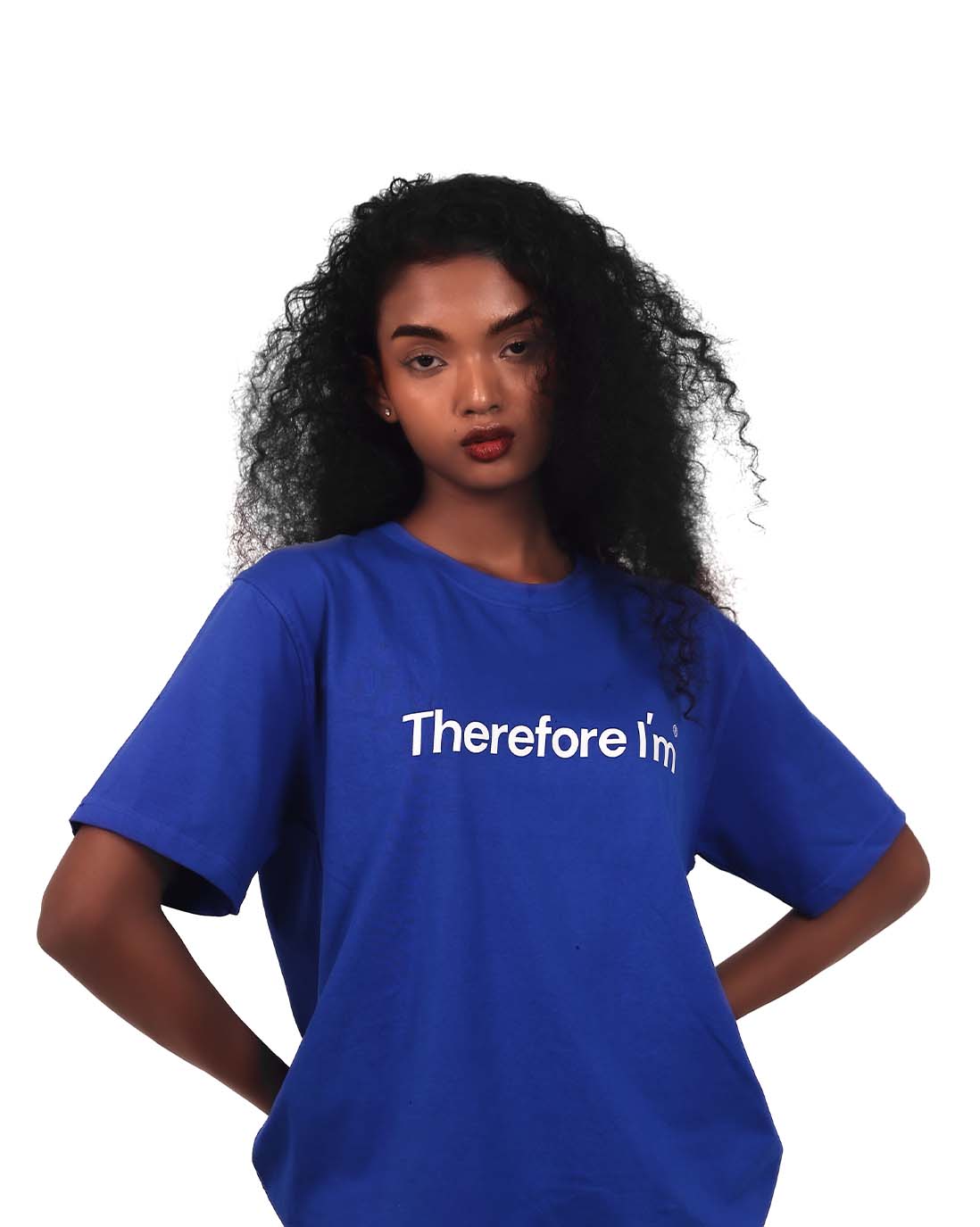
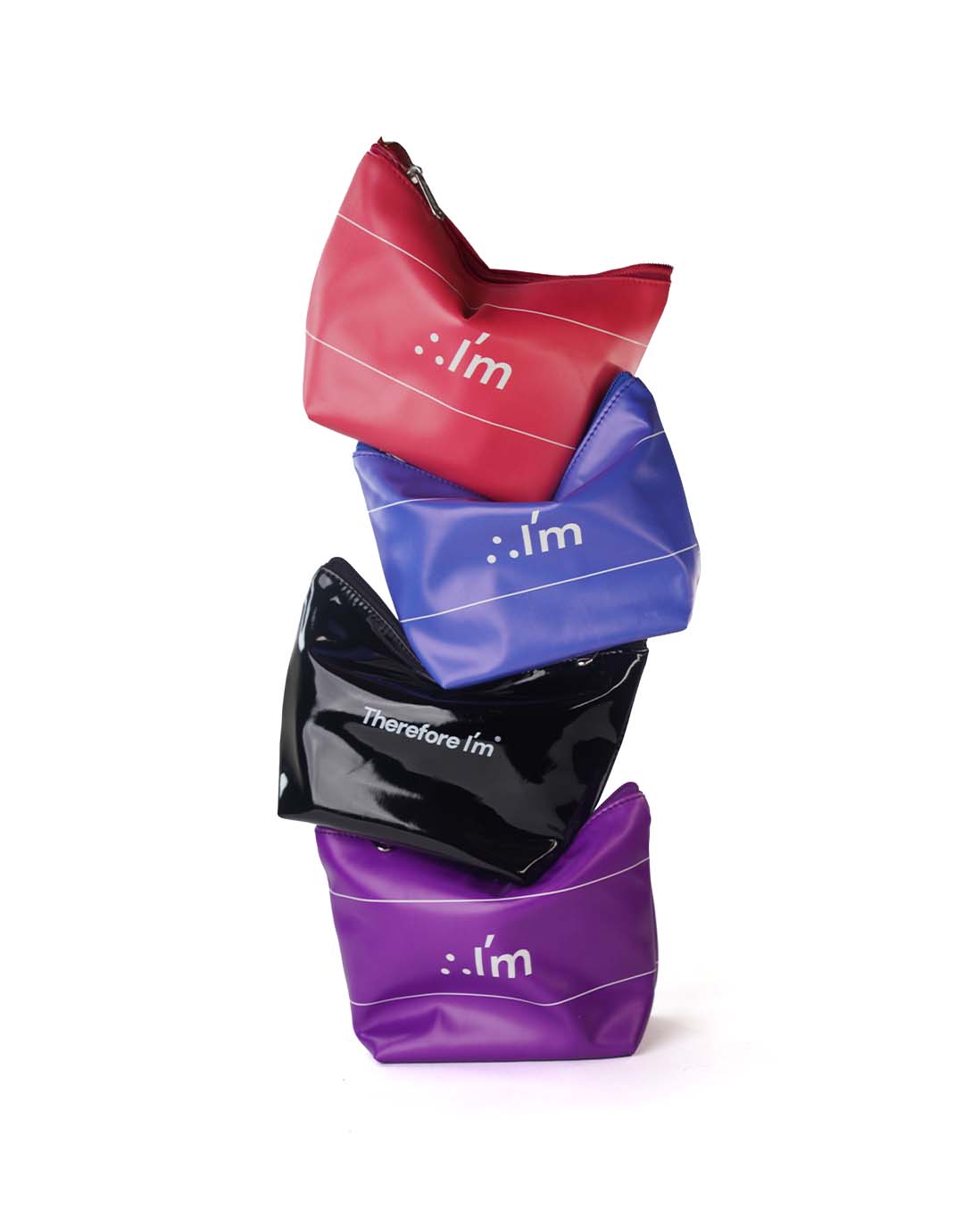
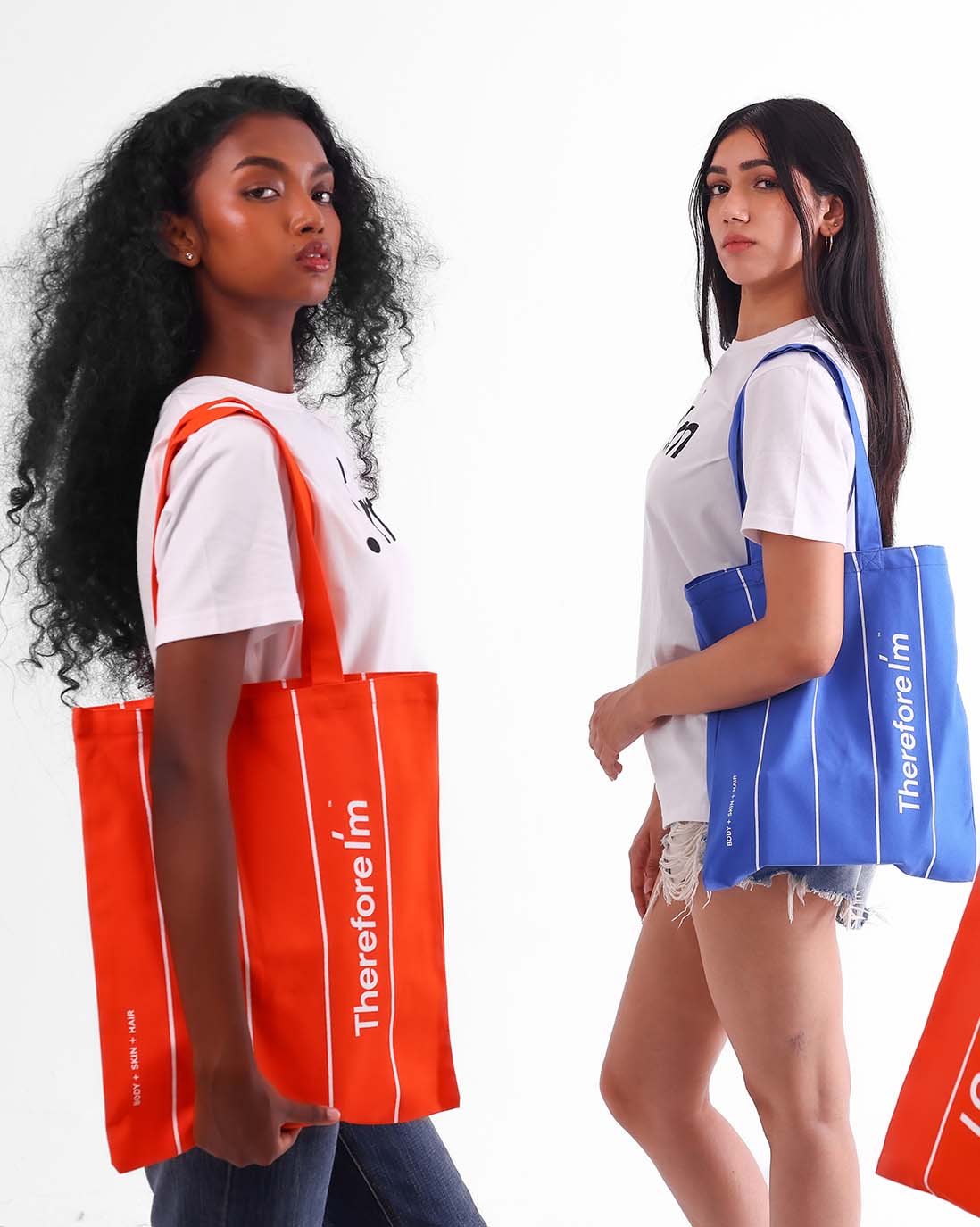
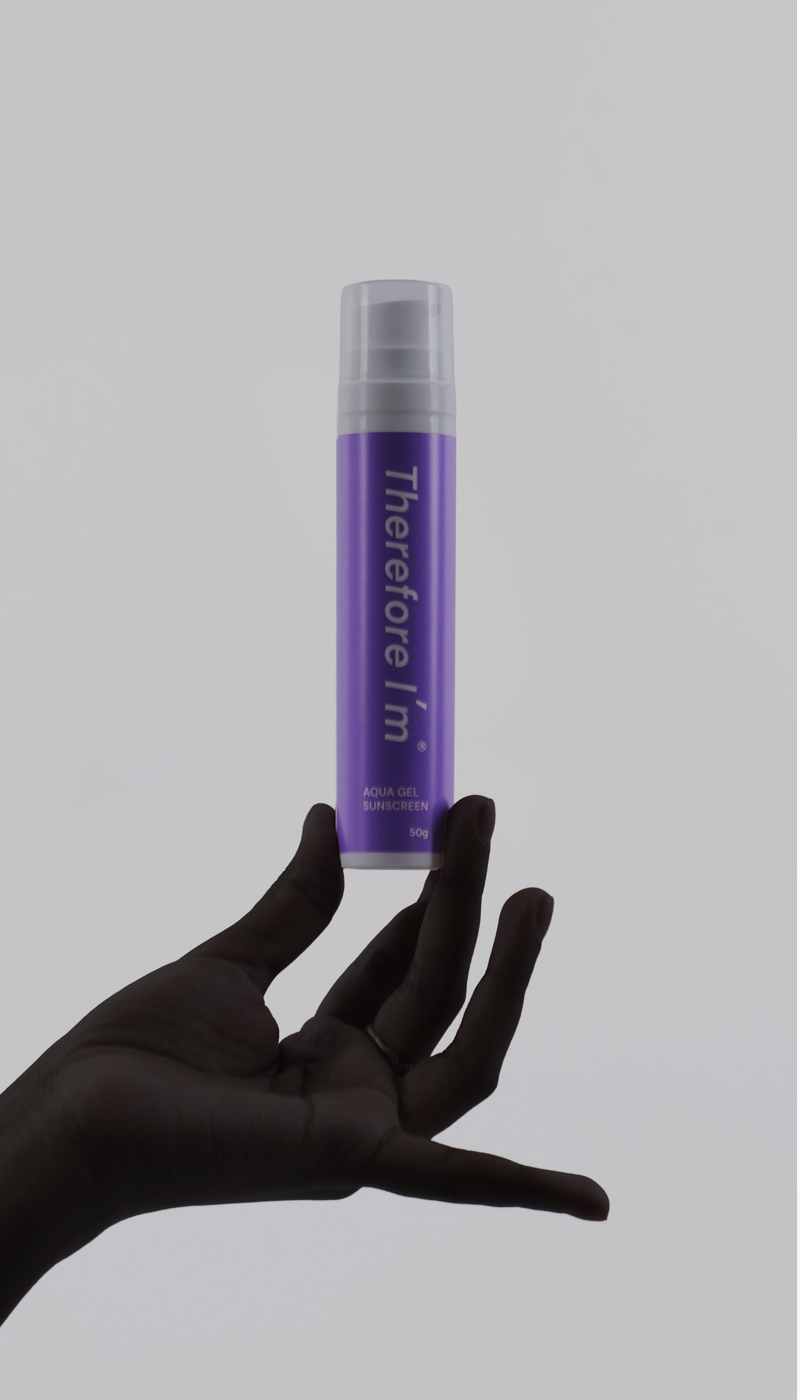
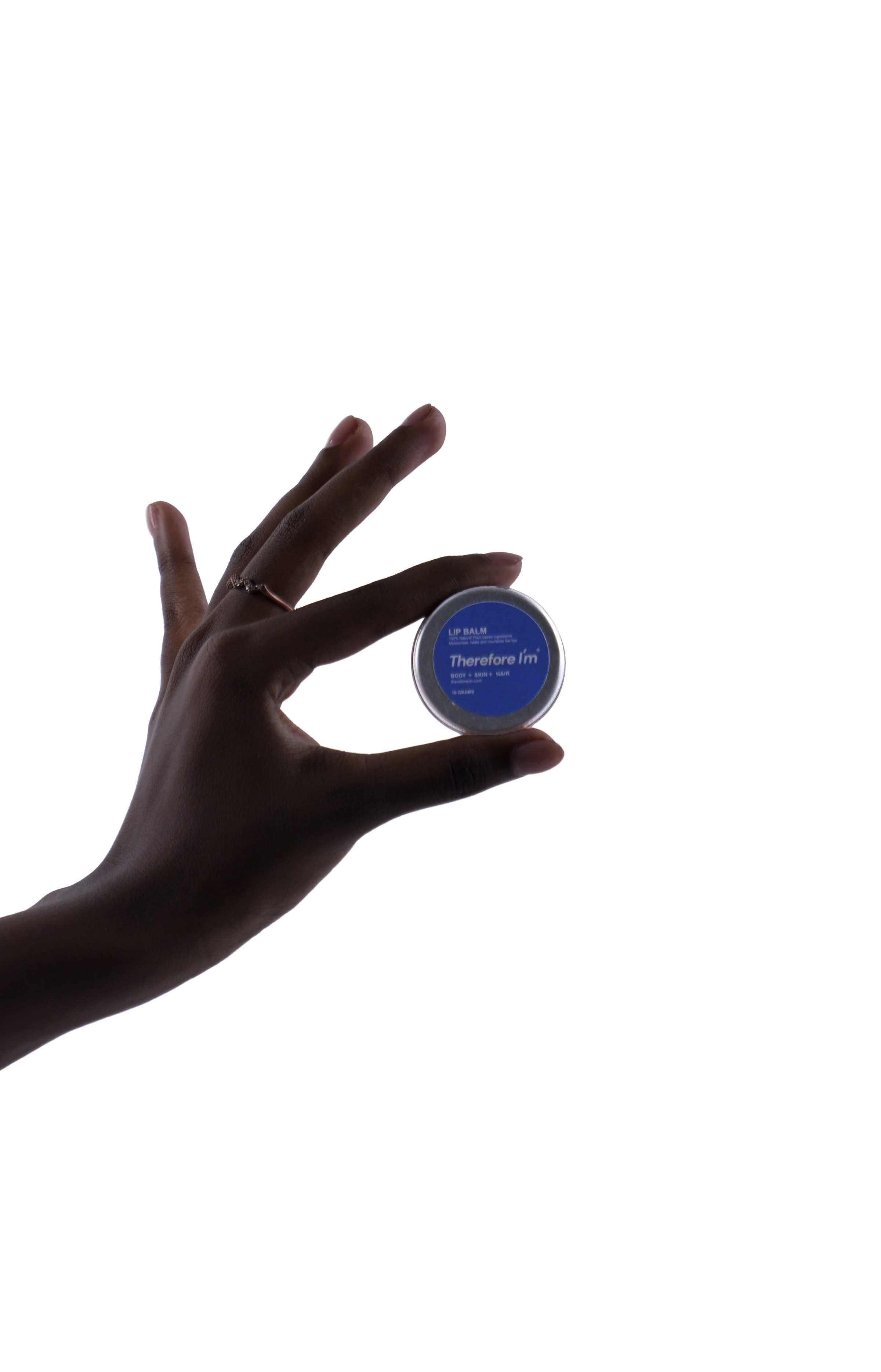
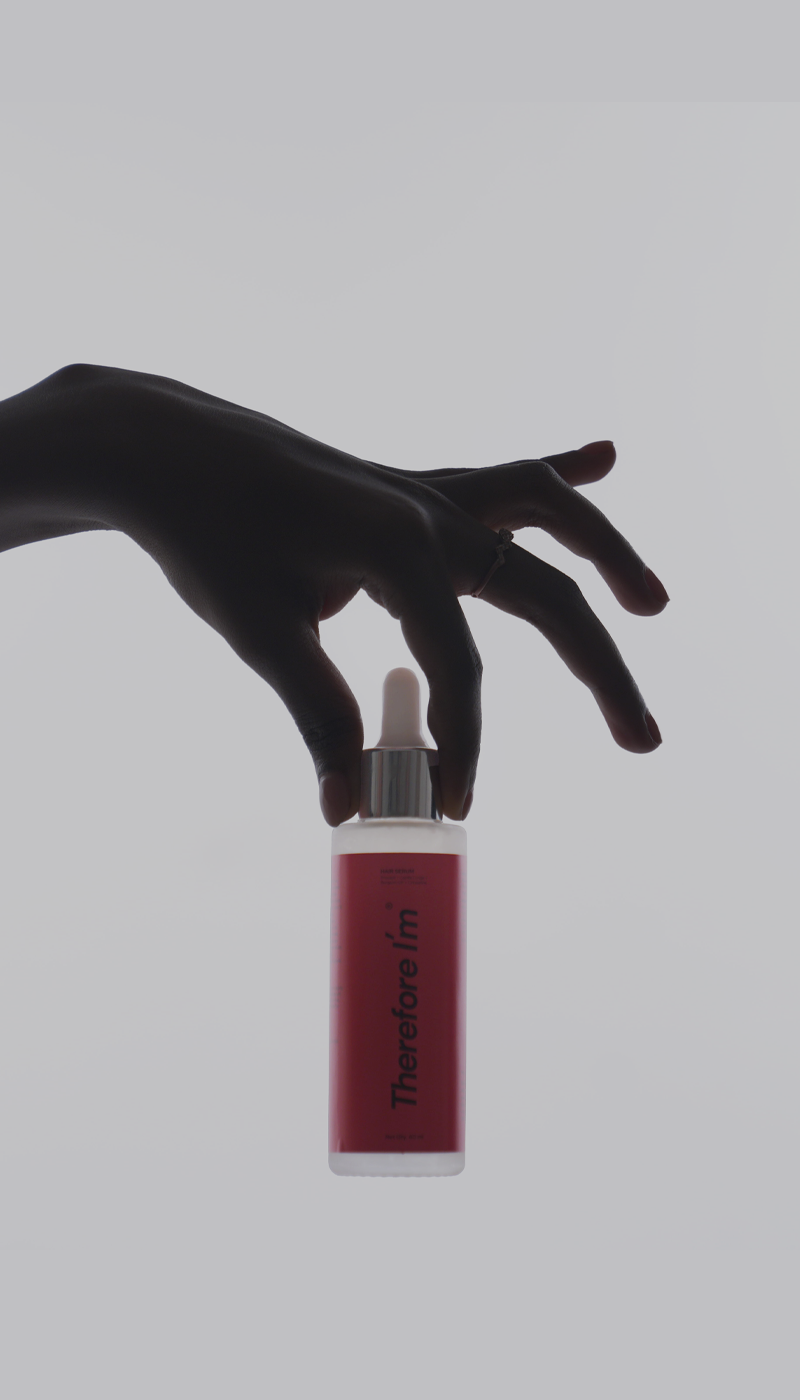
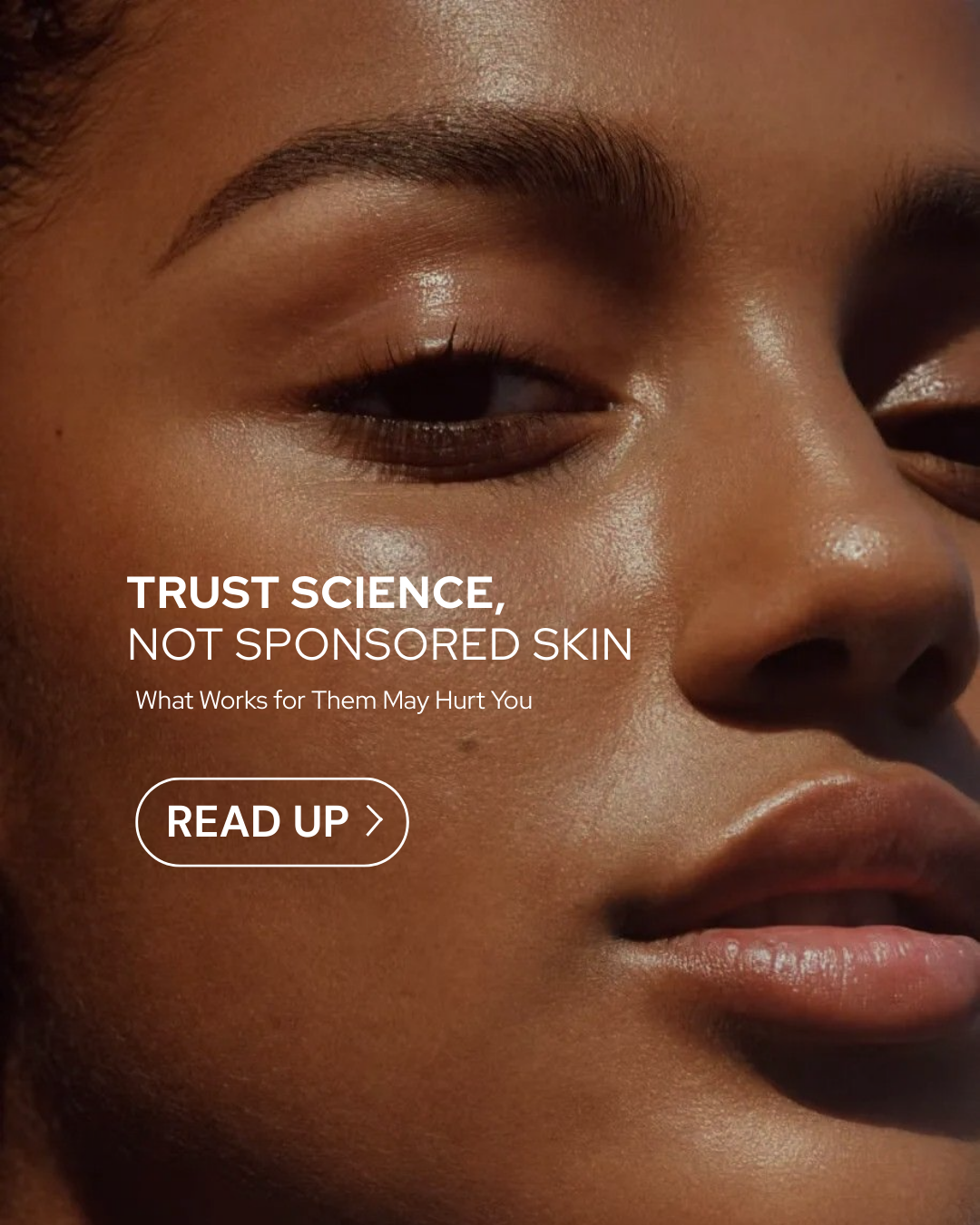





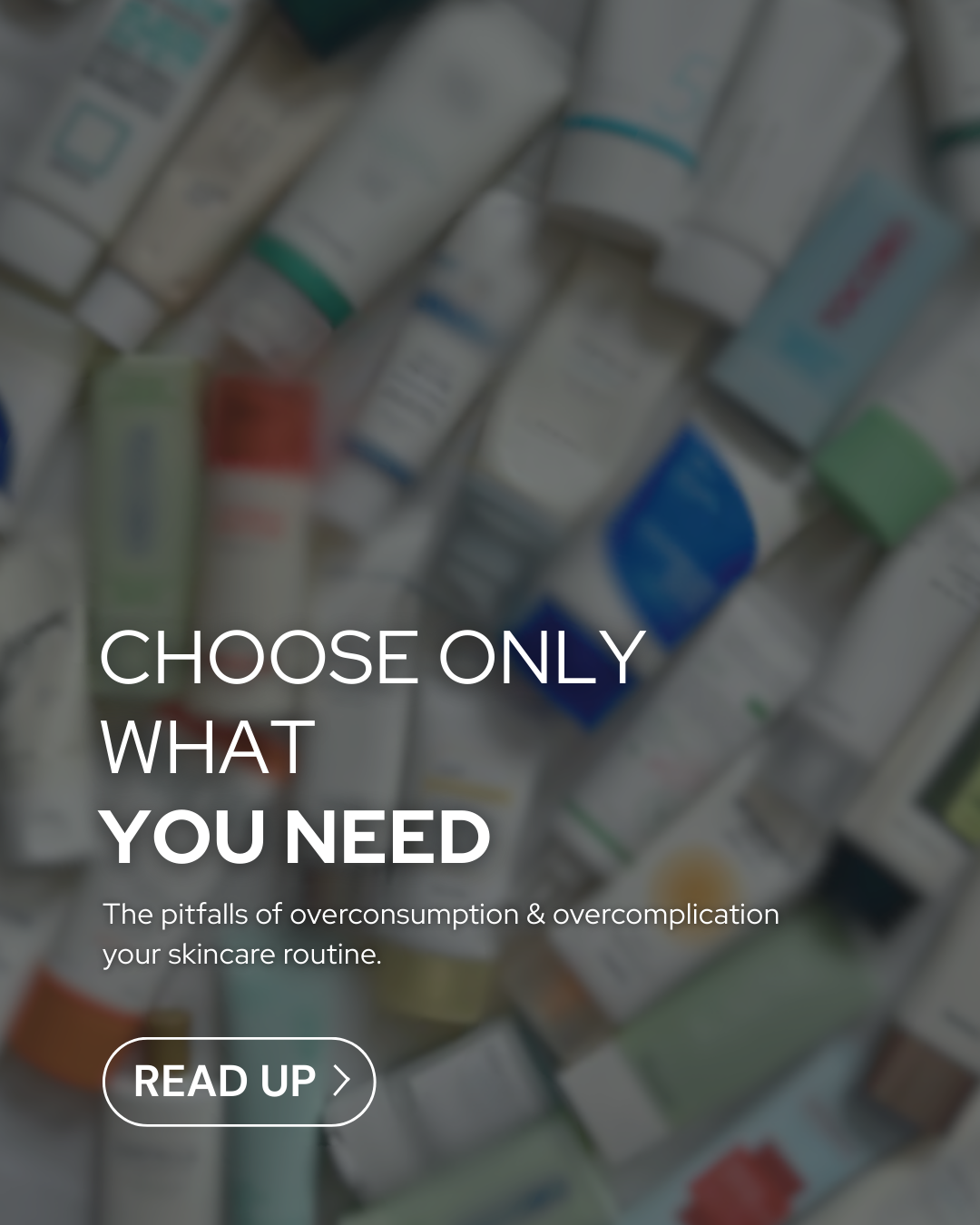
1 comment
This is an interesting read, people don’t pay too much attention to such things in the rush to get glass skin.
Sneha
Leave a comment
This site is protected by hCaptcha and the hCaptcha Privacy Policy and Terms of Service apply.